One-Pot Lamb with Orzo (Yiouvetsi)
A Cypriot-inspired dish known as Yiouvetsi or lamb with orzo casserole. Perfect for feeding a big family, or a crowd. One…
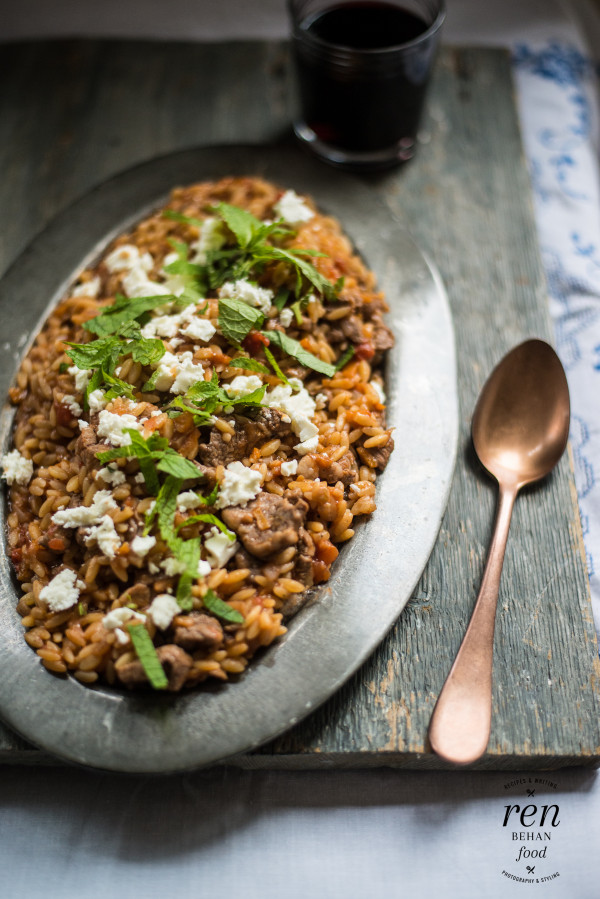
A Cypriot-inspired dish known as Yiouvetsi or lamb with orzo casserole. Perfect for feeding a big family, or a crowd. One…
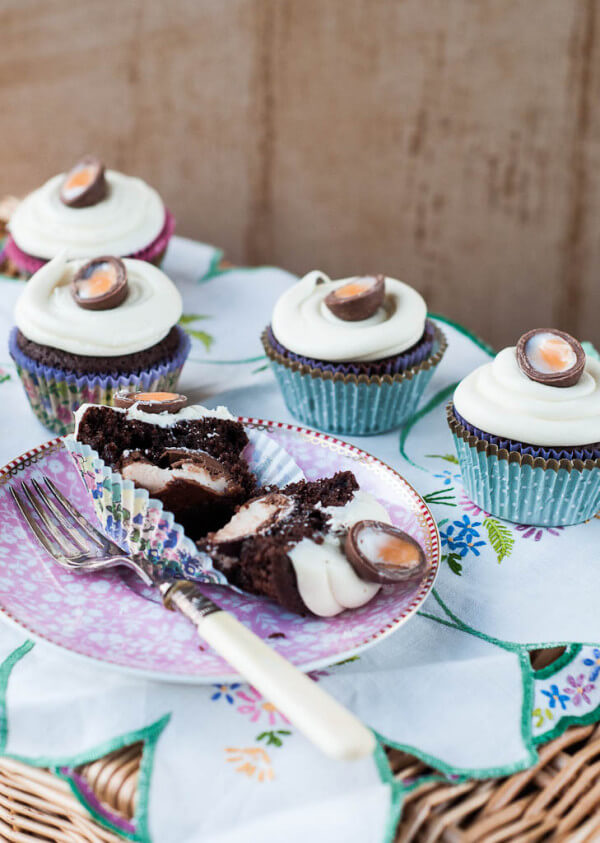
Have fun this Easter with these Creme Egg Cupcakes! Creme Egg Cupcakes Made with Cadbury’s Creme Eggs, for a egg-stra…
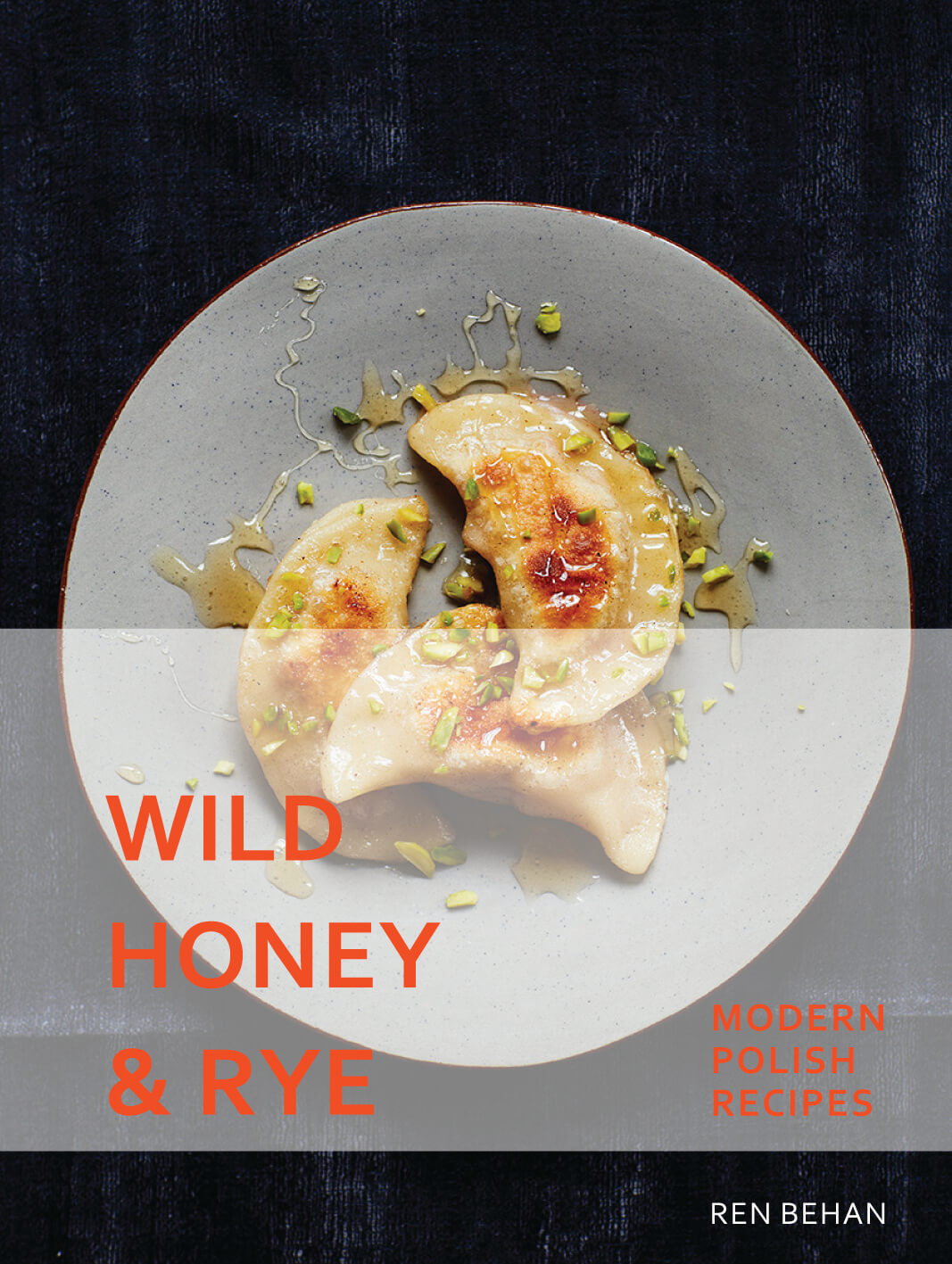
Lots of you have been very busy making recipes from my book, Wild Honey and Rye: Modern Polish Recipes. Here…

Hot Cross Buns, traditionally eaten on Good Friday are an Easter staple. They are fairly straight-forward to make and are…

This is a simple no-bake, get-ahead dessert, perfect for your Easter table. No-Bake Crème Egg Cheesecake This is a simple…
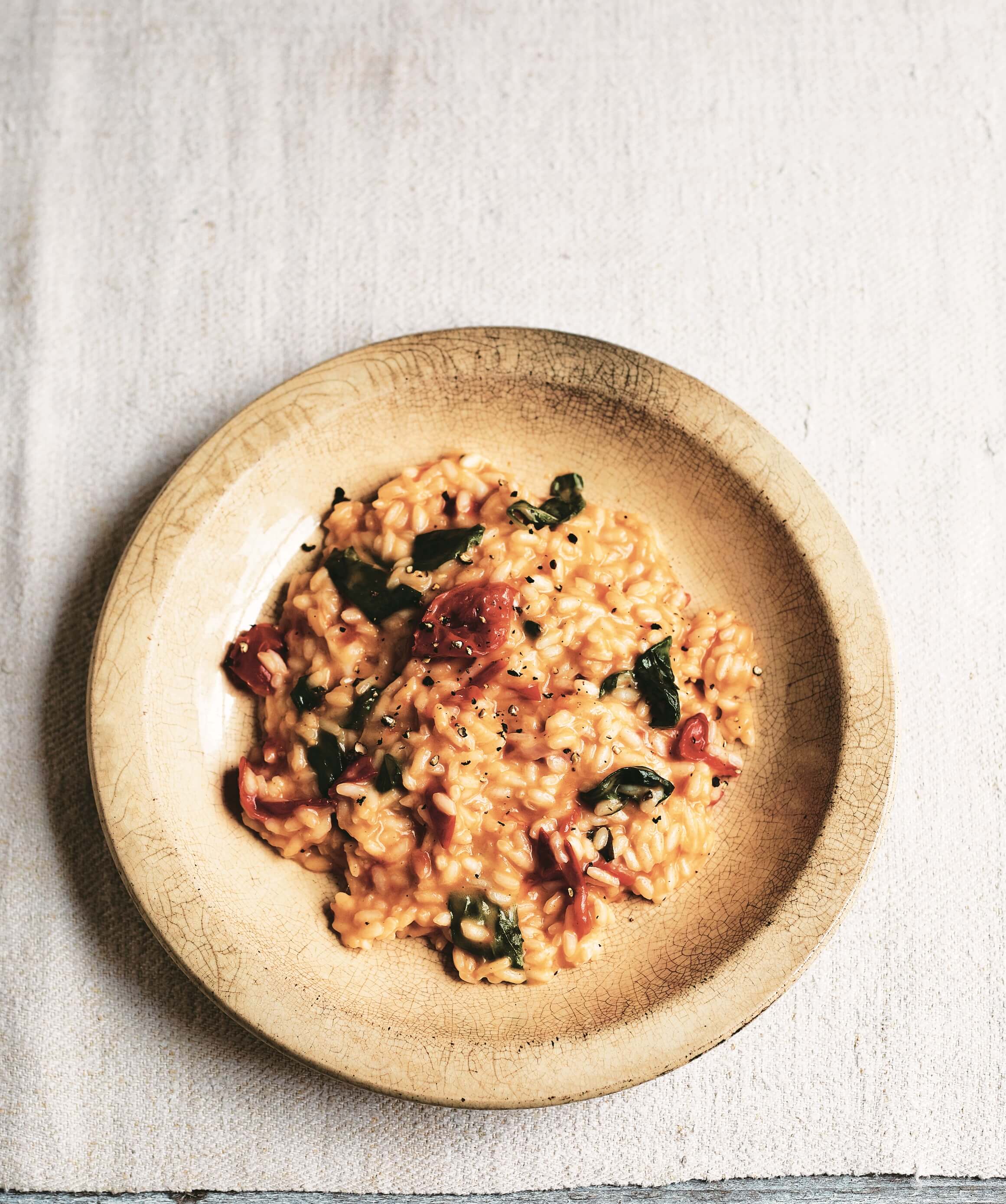
Ever since my trip to the Po Valley with Riso Gallo to understand more about how rice and other grains are…
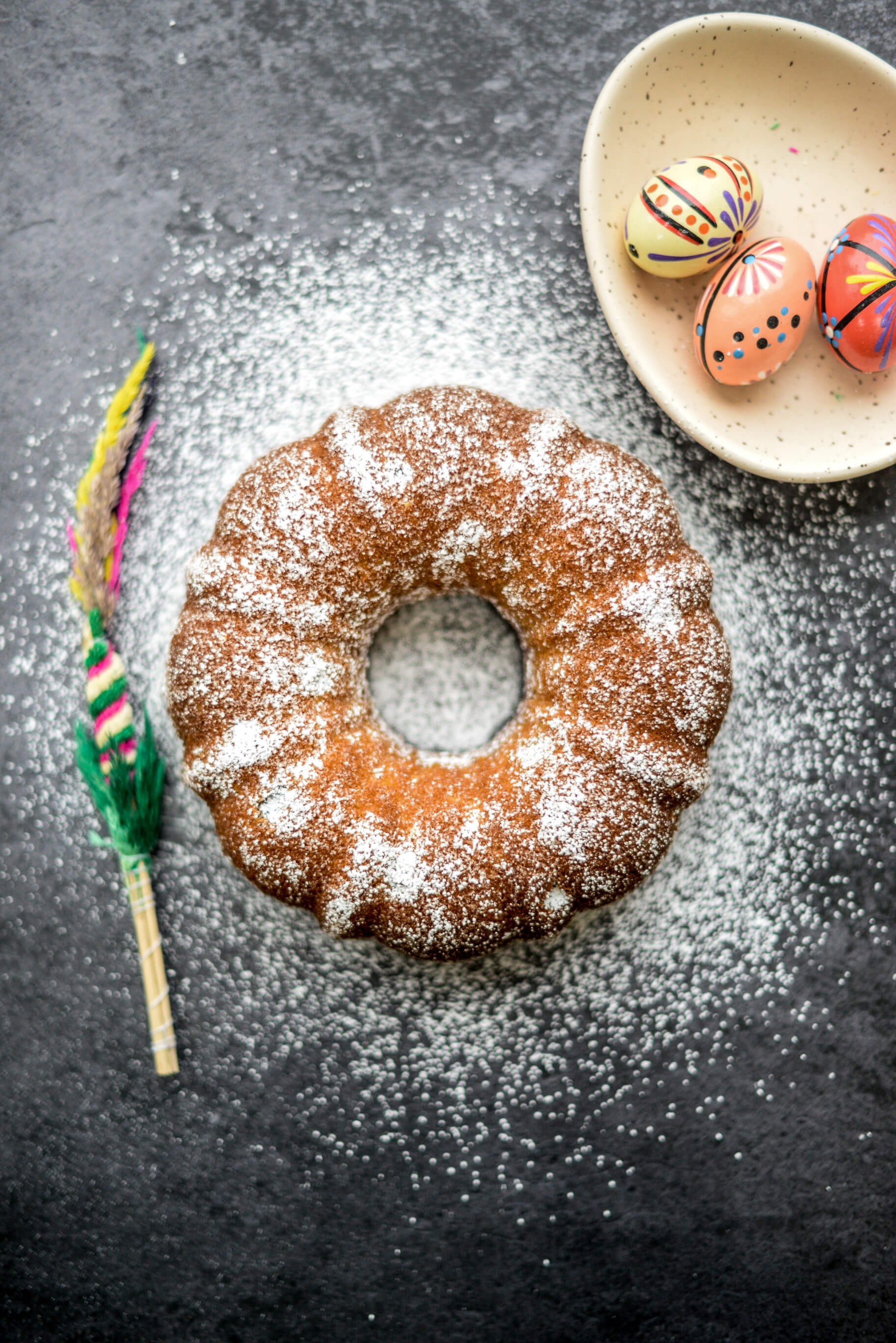
A traditional, yeasted, Polish Easter Babka cake – Babka Wielkanocna Jump straight to the recipe I have always found Easter…
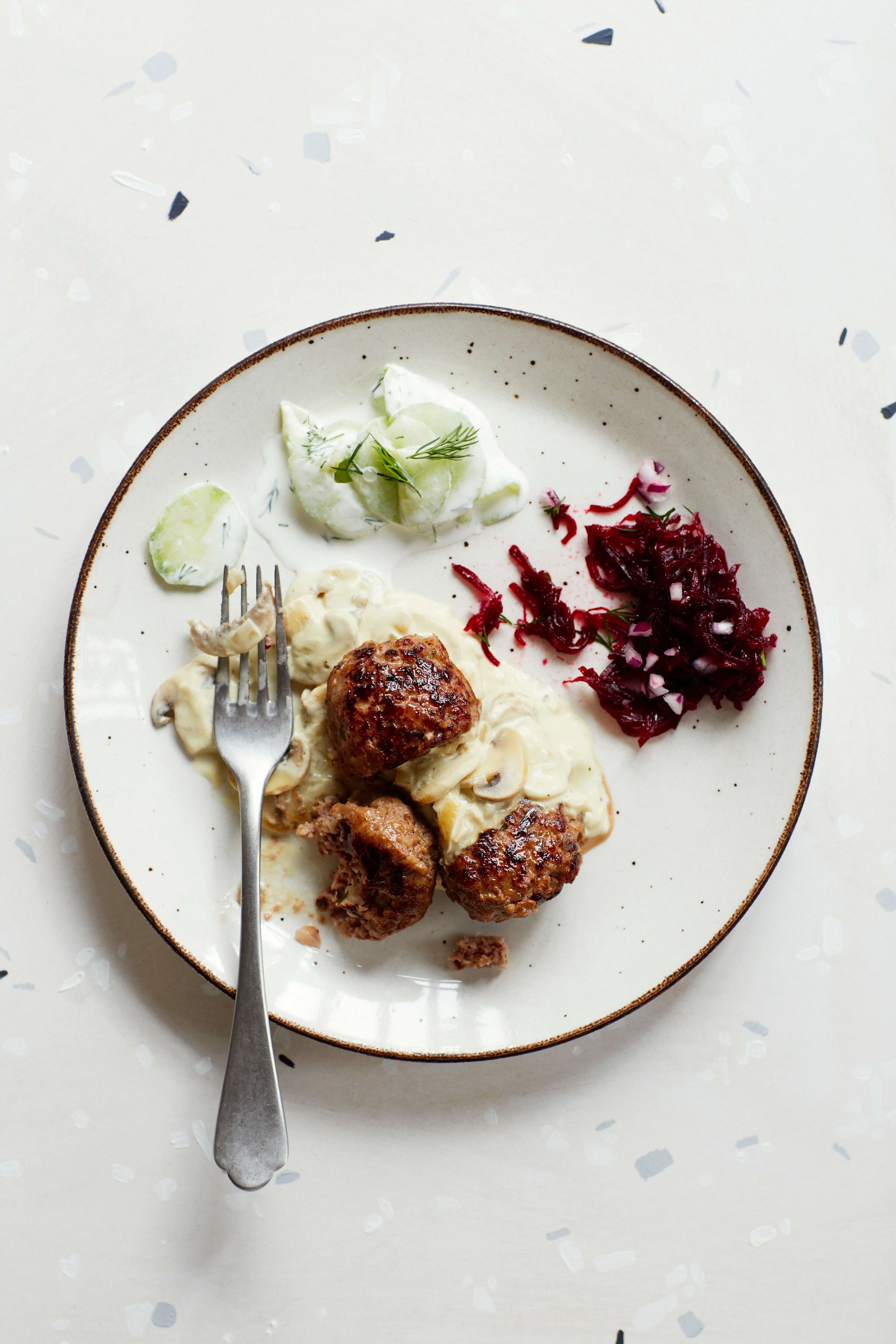
This is one of my favourite recipes from my cookbook Wild Honey and Rye for Polish Meatballs in a Mushroom…
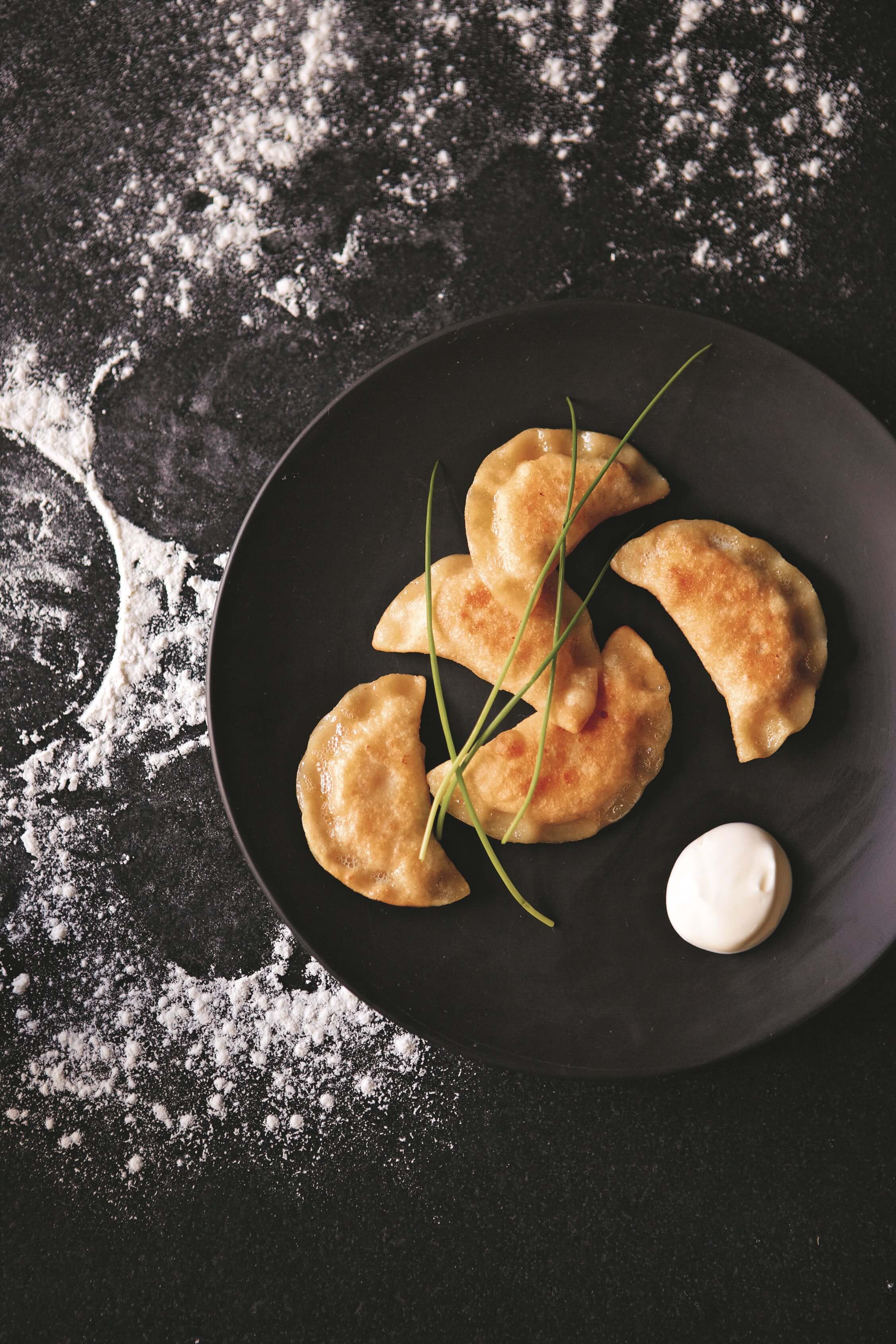
Christmas is almost here! Here in the UK, we are looking forward to beginning our family celebrations on Christmas Eve…
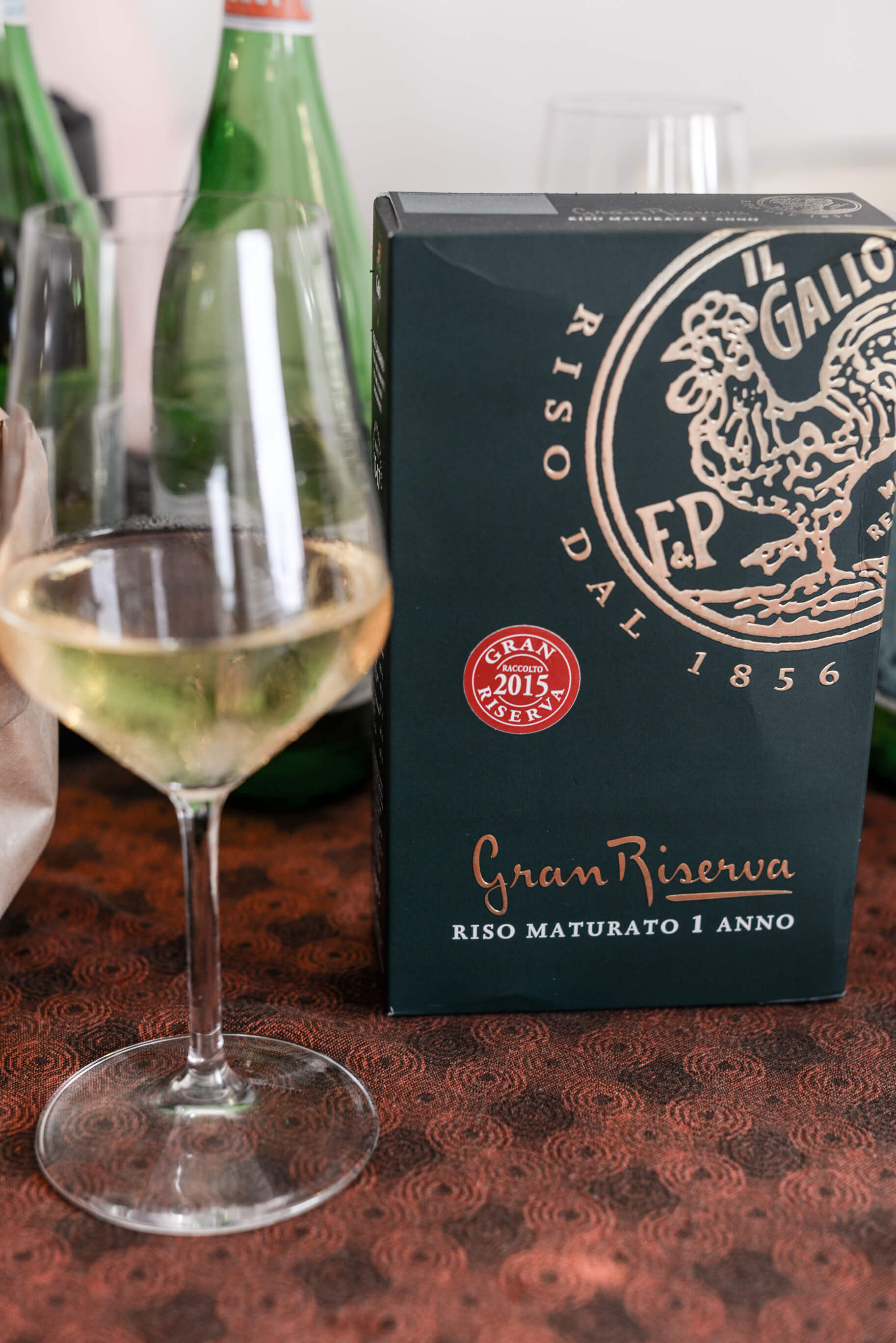
Earlier this year, I travelled to Lombardy and Piedmont in Italy to visit Riso Gallo, the Italian family business established…
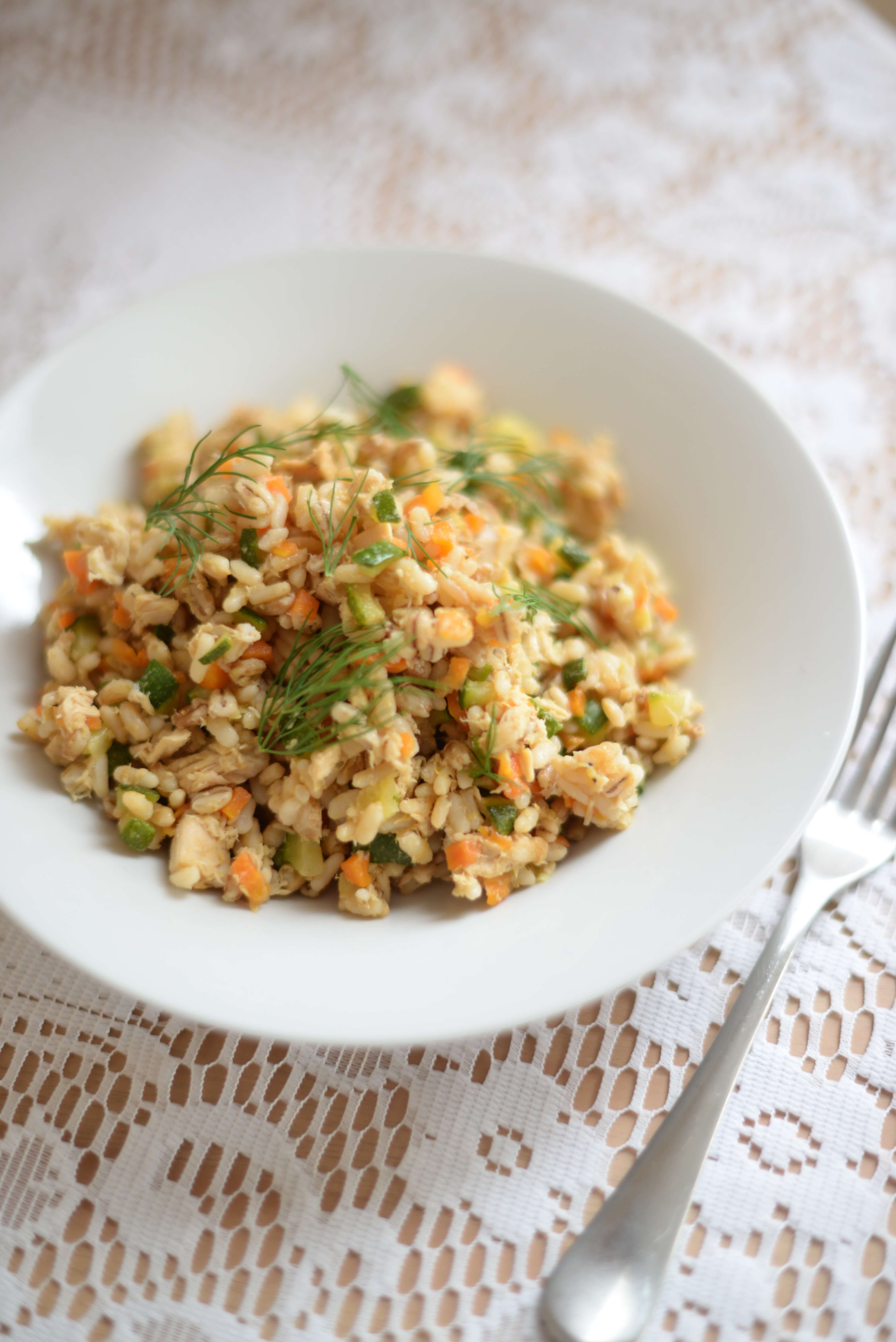
I travelled as part of a press trip to Milan in Italy to visit Gallo, the Italian family business, established…
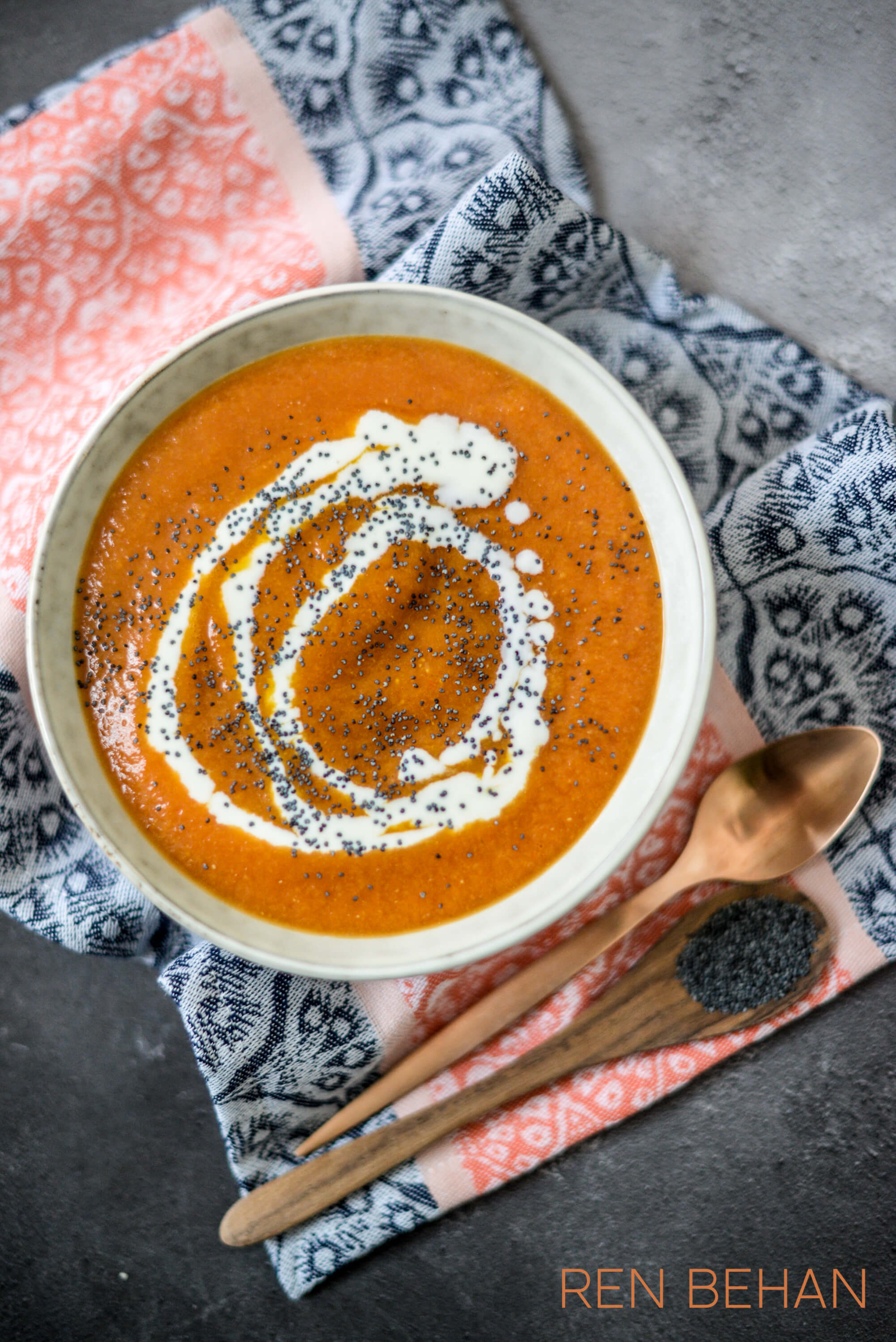
You can make this soup with fresh pumpkin, or butternut squash. Kefir is a gut-friendly dairy produce, but you can…
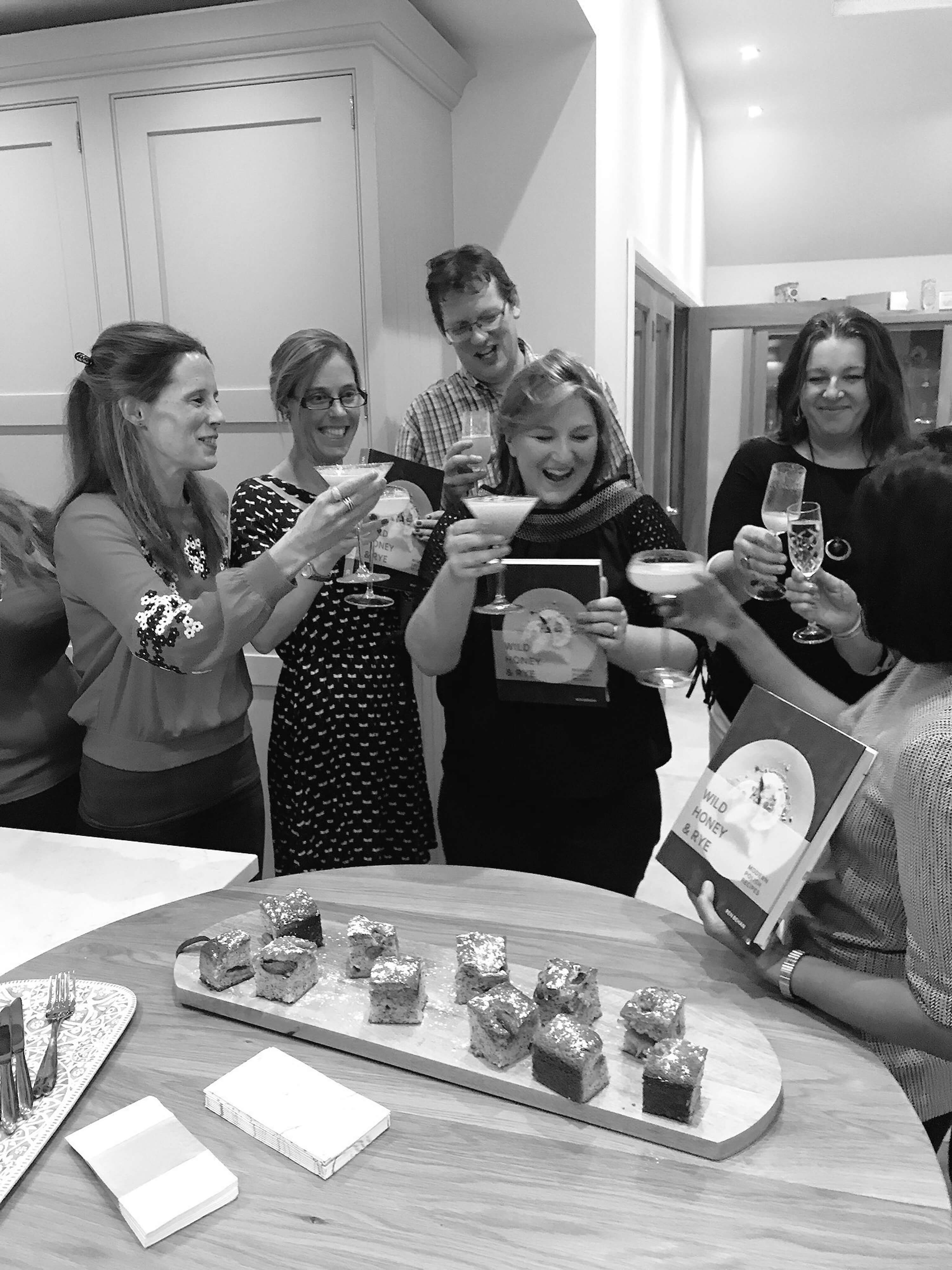
A big ‘thank you’ to everyone who has supported me this month… Hooray – 7th September 2017 saw the launch…
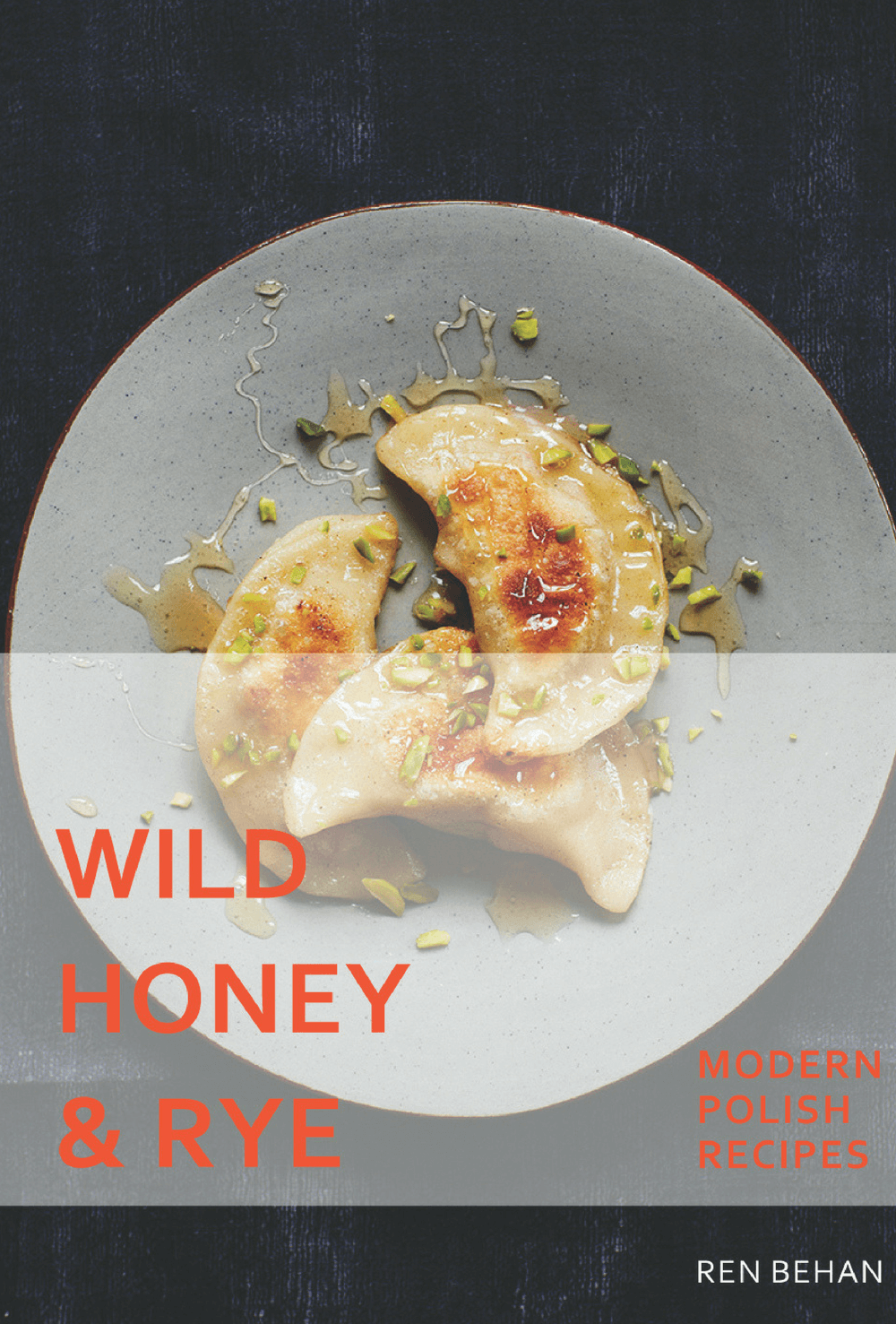
“If you’re curious about the world, then food is a wonderfully satisfying way of approaching it because all human experience…
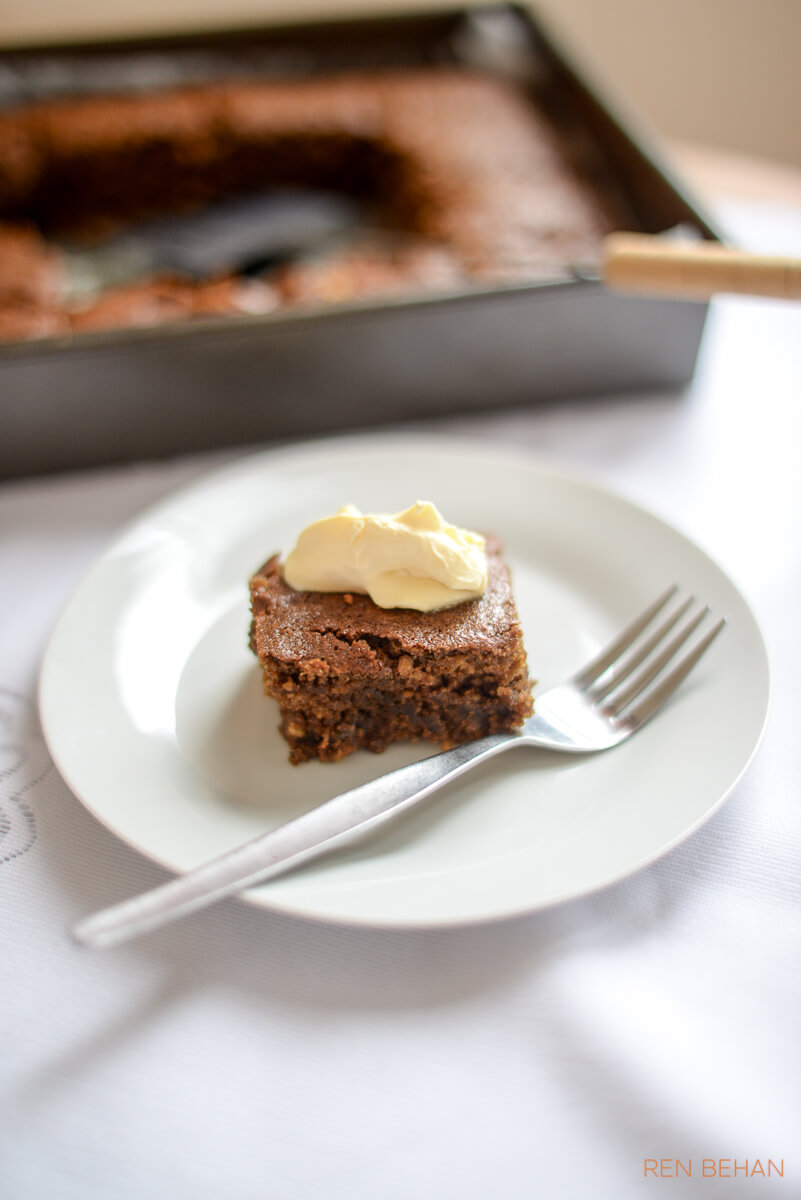
This recipe is taken from Veggie Desserts + Cakes – Carrot Cake and Beyond by Kate Kackworthy, with permission from Pavilion…
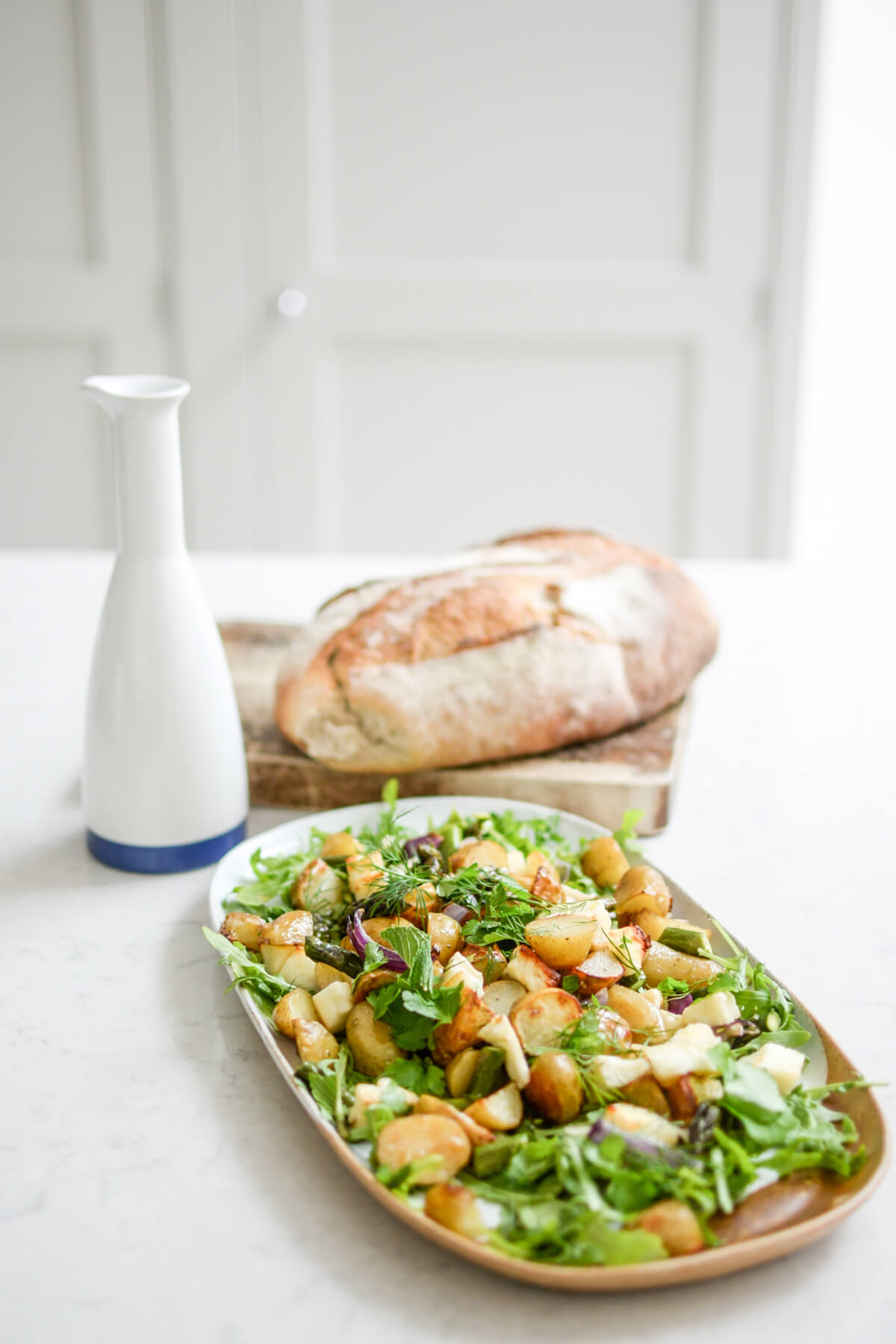
The asparagus season runs from April to June here in the UK. You can also use courgettes in place of…

The chocolate trifle is an absolute joy of a recipe. You can use almost any chocolate cake as a base…
![Sausages Baked with Squash [One Pan]](https://www.renbehan.com/wp-content/uploads/2017/07/Eat-the-Week-Iceland-17.jpg)
In partnership with Iceland #ad If you regularly cook for your family, you’ll probably find, as I do, that some…
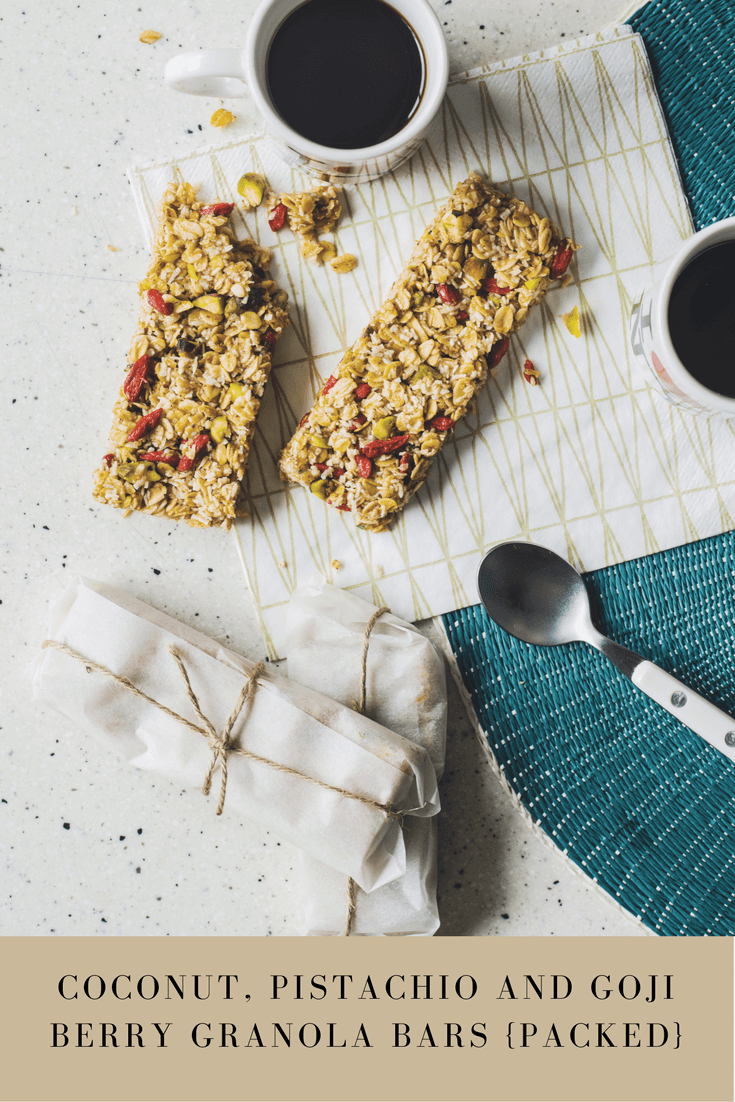
You can read my full review of Packed, by Becky Alexander and Michelle Lake, published by Nourish Books here. Today,…
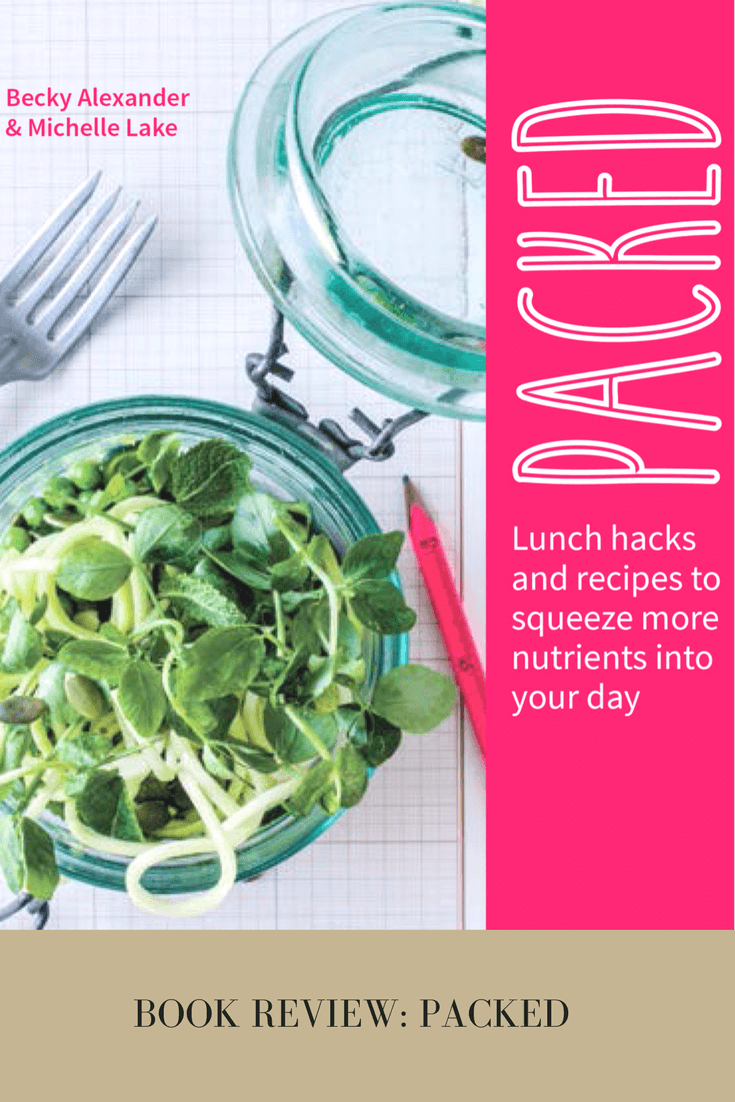
Packed – Lunch hacks and recipes to squeeze more nutrients into your day By Becky Alexander and Michelle Lake, Nourish…
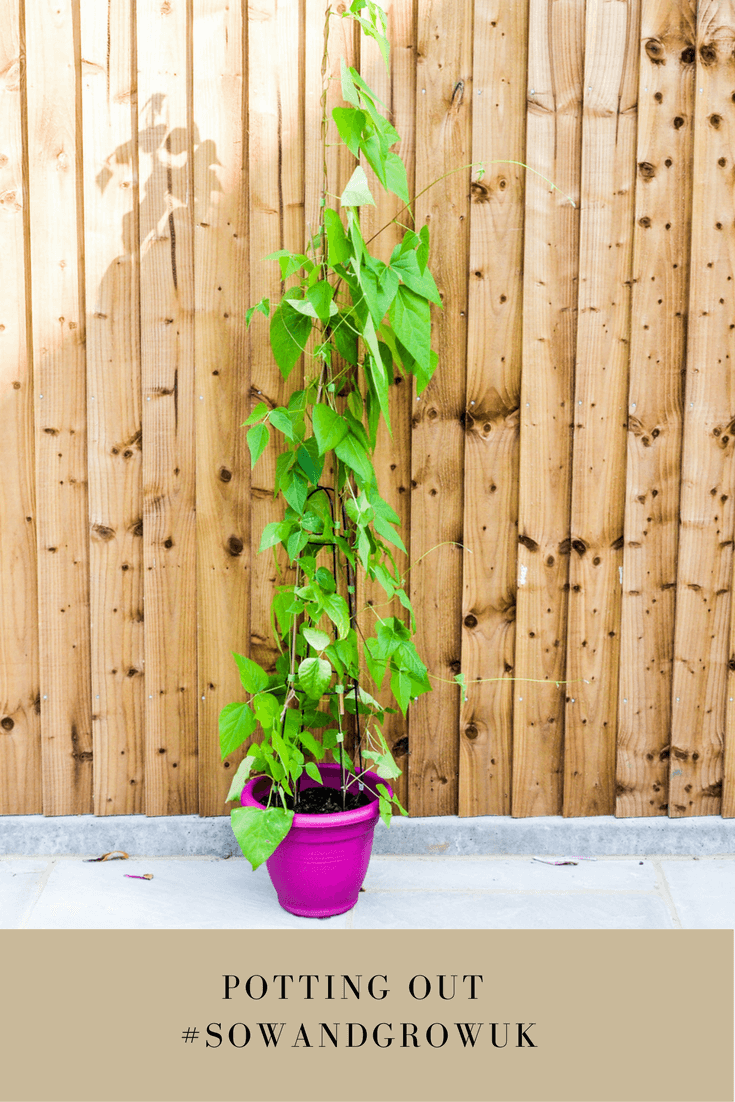
I’m working with innocent as a Sow & Grow UK Ambassador from February to April 2017. Follow the tag #sowandgrowUK for…
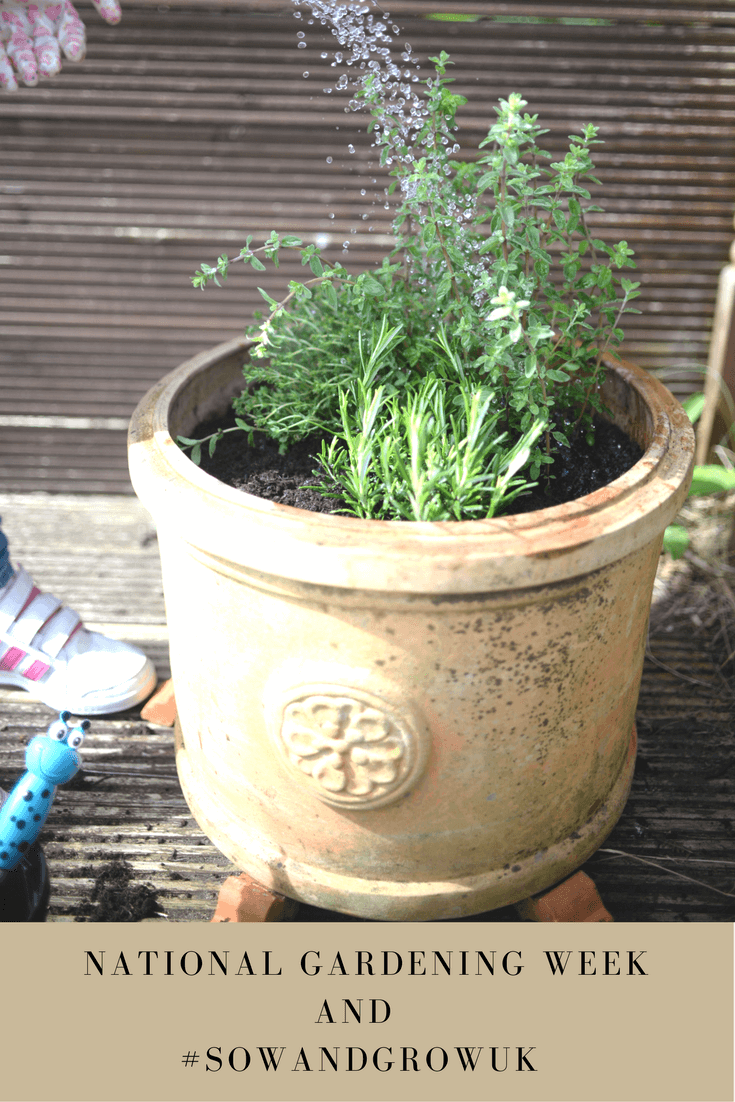
I’m working with innocent as a Sow & Grow UK Ambassador from February to April 2017. Follow the tag #SowandGrowUK for…
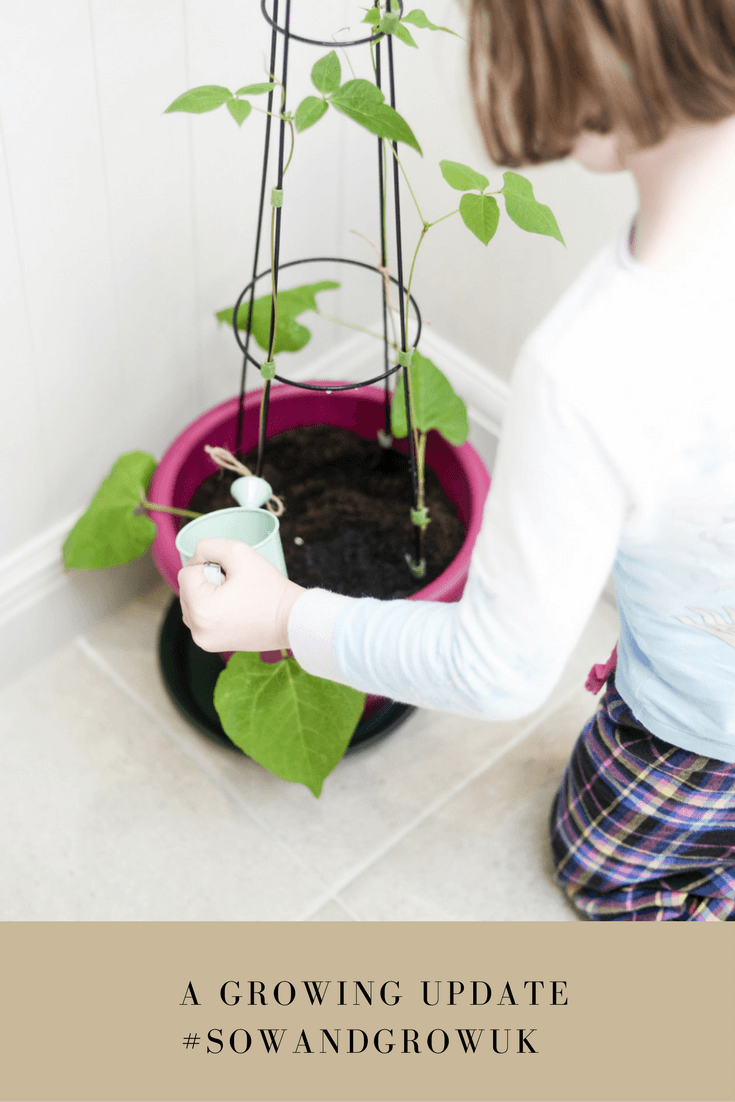
I’m working with innocent as a Sow & Grow UK Ambassador from February to April 2017. Follow the tag #sowandgrowUK for…
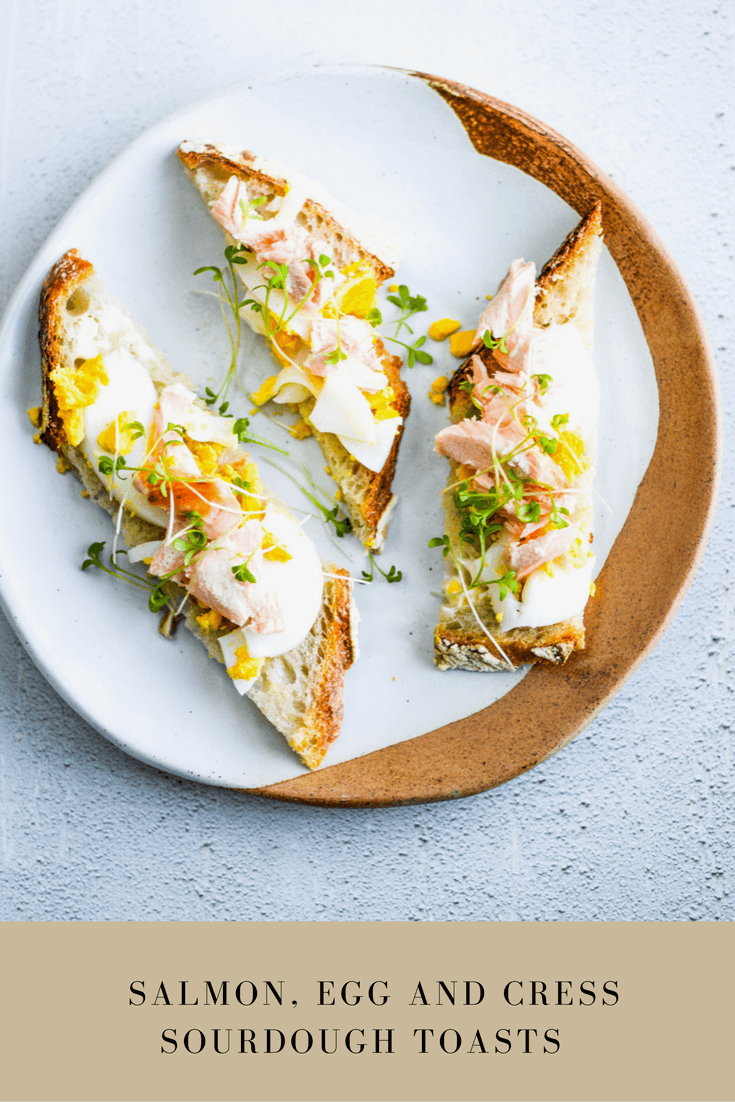
A high-protein breakfast, brunch or spring starter made with sourdough, roasted salmon, egg and home grown cress